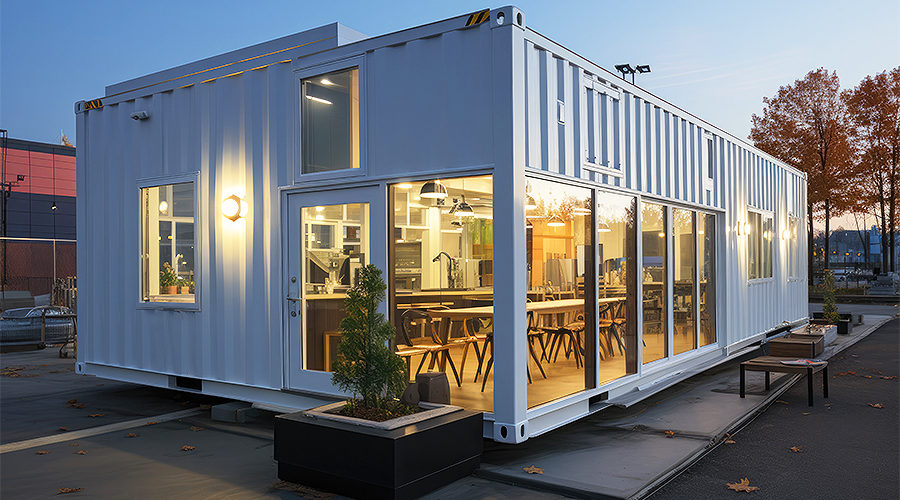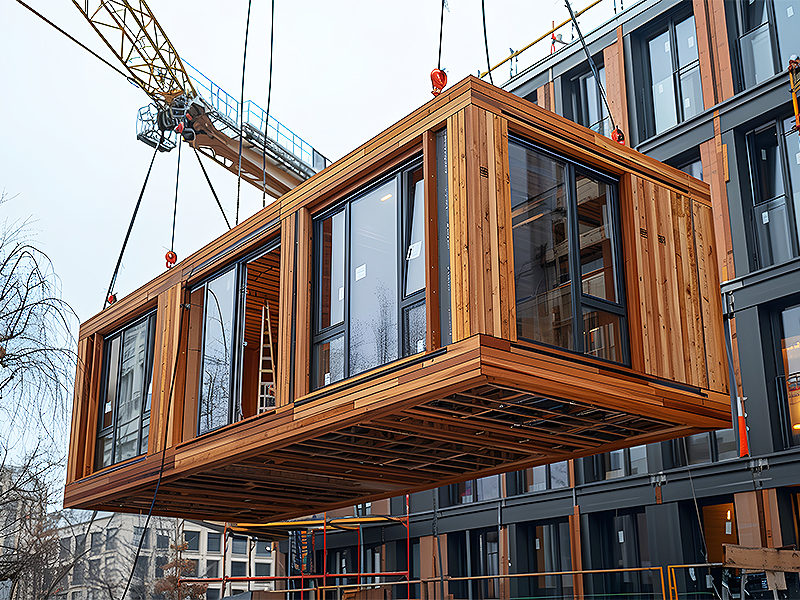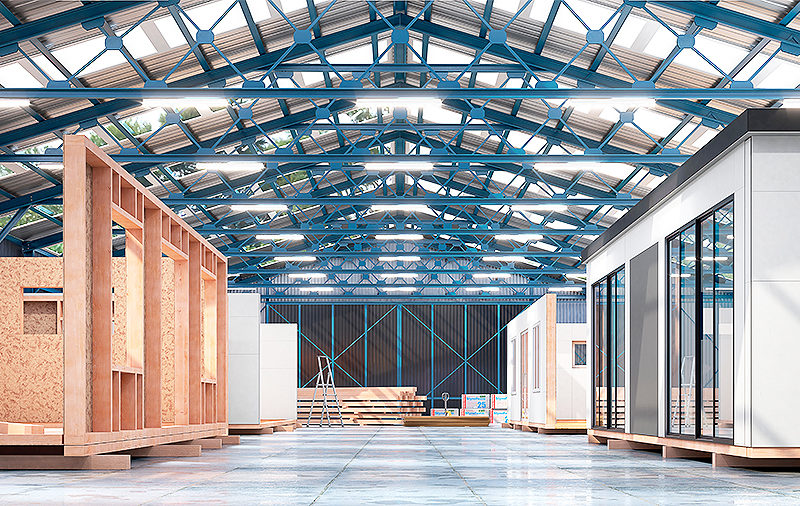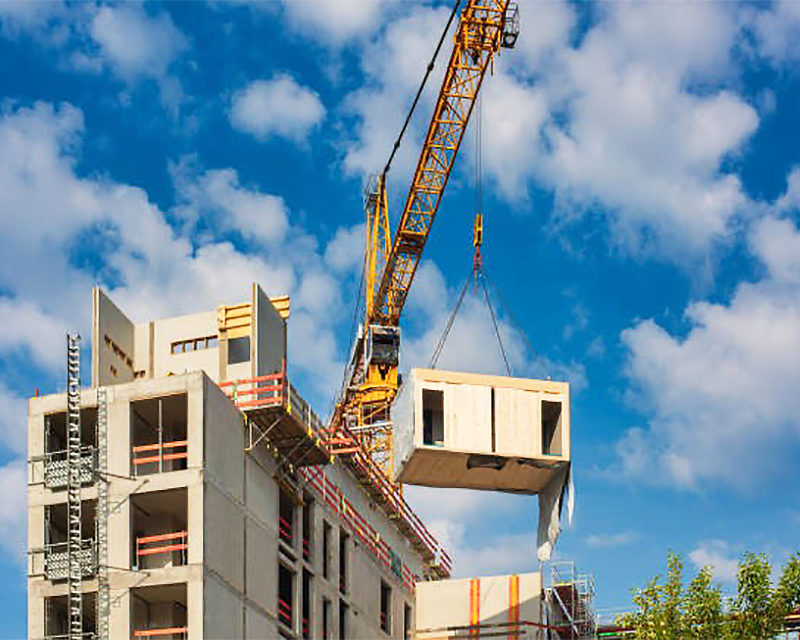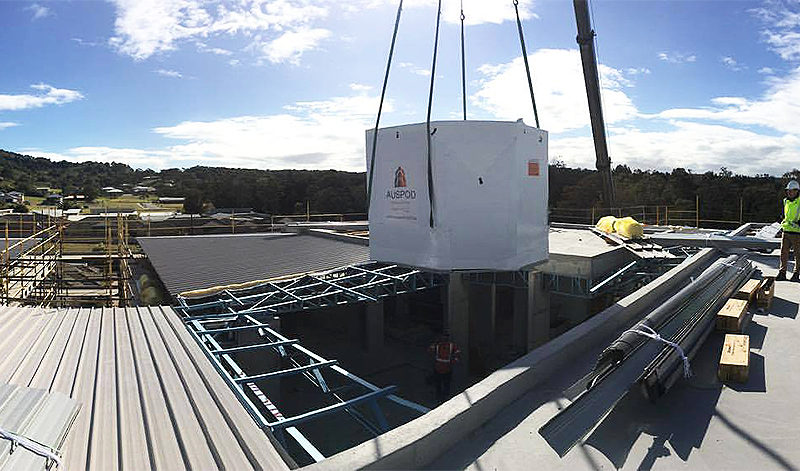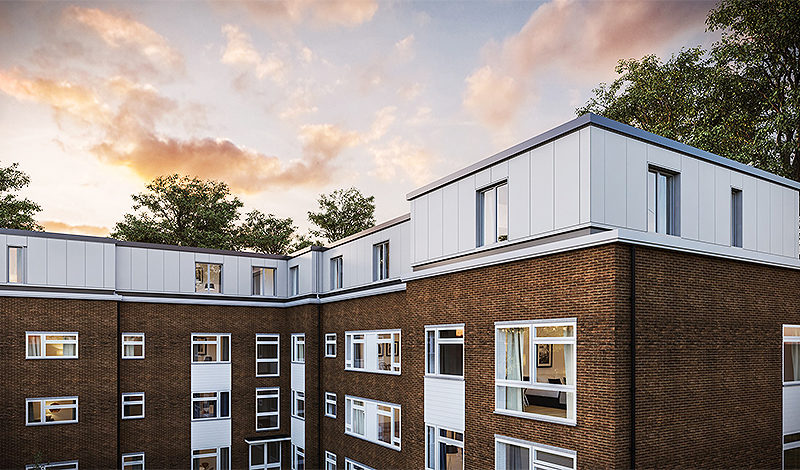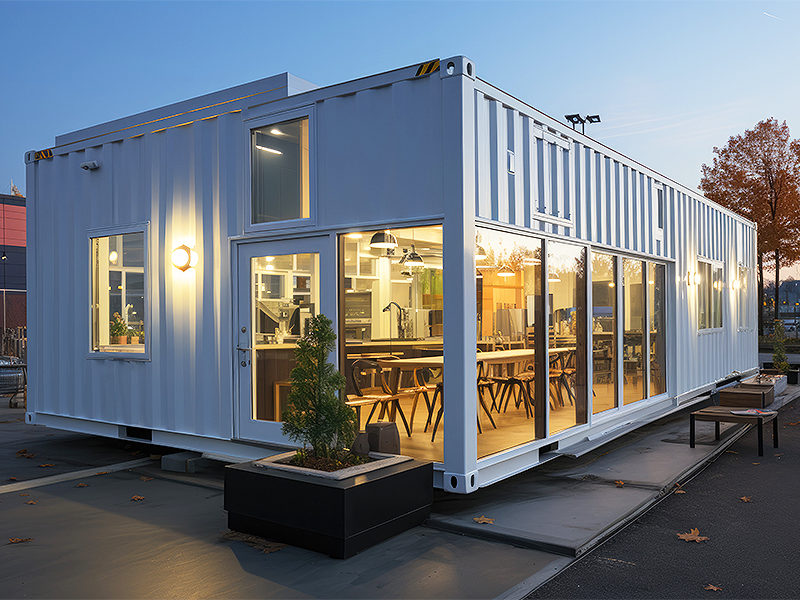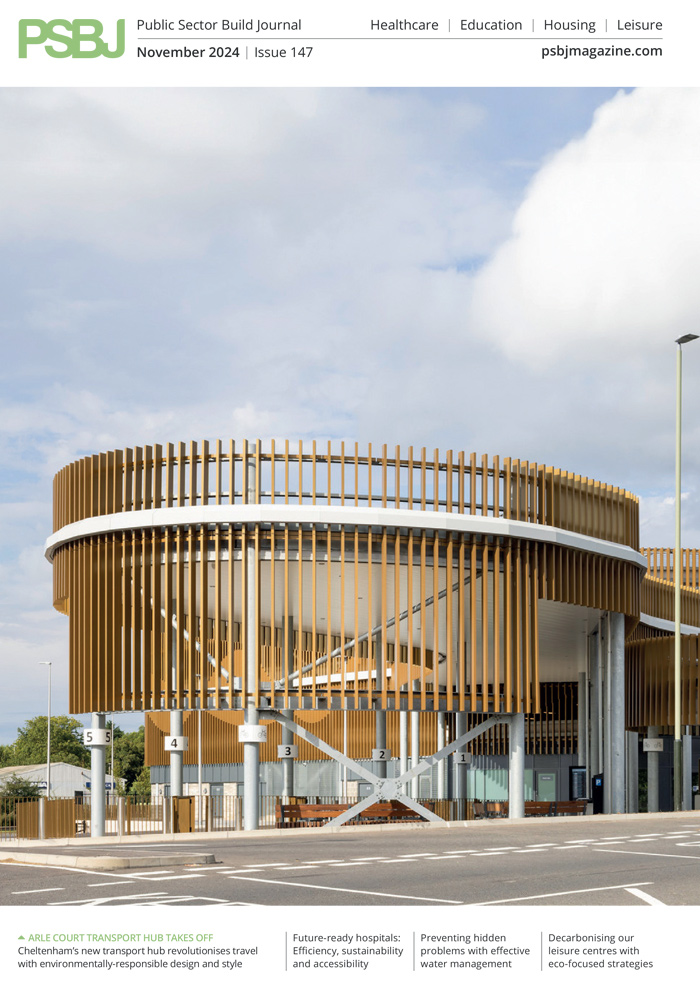Nobody can argue that while there is still very much a place for traditional construction methods, we should be taking a closer look at modular or volumetric building – especially as mounting factors such as a shortage of labour puts further pressure on traditional construction.
rpa:group
Modular construction has made huge progress in recent years, and its advantages are numerous. It is time to banish the misconception that it has a shorter lifespan and is
of poorer quality than traditional construction methods and start exploring the various options available and their respective benefits.
The key advantage of using modular – in full or part of a project – is that it saves time and reduces construction waste because modular elements are manufactured to spec in a factory. For investors, the speed of production and assembly means that they present a faster return on investment.
If you decide that volumetric construction is a viable option for your project, it is vital to understand what you are actually buying, as not all volumetric systems or manufacturers are equal. For example, an SFS system offers a plug-and-place solution with the strength of structural steel but is very difficult to alter post-construction, whereas a hot-rolled steel system has greater adaptability. SIPs panels can be designed and manufactured to have everything in place, from pipes, electrics, windows and finishes, before they even leave the factory. Timber frame is an increasingly popular option of choice but is limited by how tall you can make a wooden structure. Then there are modular elements such as bathrooms and kitchens, which can be designed to size and spec and constructed off site as pods, which will speed up the installation process on site.
When installed correctly, most modular builds come with high-efficiency heat recovery ventilation systems and superior insulation, which help negate the need for gas and fossil fuels for heating, reducing household costs and helping address the impact on climate change. In addition, better insulation creates a cleaner and more dust and damp-free environment, which will enhance the health and wellbeing of its occupants.
The offsite construction process can eliminate unnecessary waste and help to deliver a verifiably sustainable construction process from beginning to end. Modular’s carbon footprint is further neutralised when the components are produced locally, keeping transportation to a minimum.
It is time to change a previous misconception that modular buildings are boring and limiting and to look more closely at how adaptable they are. A prefabricated, single-occupant modular dwelling can provide a safe and secure living space, with scope to be modified by having additional living space and bedrooms added. Given the social housing shortage, more homes can be provided quickly and cost effectively, with modular being the answer. In fact, entire apartment blocks can be erected relatively easily in appropriate locations.
Modular construction isn’t only limited to budget housing, as advancements in innovation and technology mean that increasing numbers of luxury homes are being constructed using modular techniques, which enable custom-made designs to fit with exact space and budget requirements, limited only by what can be transported.
Airspace is also seeing an increase in modular construction because it can be assembled swiftly with minimal disruption to existing residents. Because they are more lightweight, they won’t compromise the existing structure of the original building, provided that the building has suitable MEP (mechanical, electrical and plumbing), load and access to lifts and stairs.
Whatever the purpose, it is still important to ensure that any modular project has the correct team behind it. Good design management from the early stages is essential to avoid costly mistakes. Careful consideration also needs to be given to planning. A common mistake is not factoring in that the modular footprint can be larger than expected due to various components, and a misjudgement of this can cause planning issues.
Comments Peter Kilby, Director of Project and Cost Management at rpa:group, a global architecture, design, project management and cost consultancy, says: “The lead time for modular can be quite long, but build time on site tends to be faster and, although modular cost can be higher, site duration is lower, so savings can be made here. One needs to consider that once a modular design is signed off, further design changes can be expensive and time consuming and not always possible. A reliable project manager helps ensure that the advantages of modular pays off and that no avoidable costs are incurred.”
Mark Cherrett, Director of Architecture, agrees. “With modular construction, there are challenges to overcome, such as space and logistics and licensing. All the design work needs to be carried out up front with details such as the location of sockets and accessories decided in advance.” He adds that lead consultants, M&E and structural engineers should be appointed to work collaboratively on a project, to ensure a successful outcome.”
Ben Foran from MY Construction Group, which owns MY-Fab, a specialist volumetric and MMC manufacturing business, highlights the importance of visiting manufacturers’ factories, assessing their quality control processes and finding out about their warranties and procedures. Other information to get clarity on includes finding out what technical and financial backing they have and what control a client will have over the manufacturing process, as well as whether the design and coordination of the manufacturing elements will work with onsite construction works.
Comments Ben: “MMC has multiple benefits, but none of these is a given, so spend some time working out not just the build methodology but really get under the skin of your construction partners.”
While modular construction isn’t necessarily new to the UK, uptake has still been slower than in other parts of the world. However, a surge in investment by large financial backers, such as Goldman Sachs, has resulted in accelerated UK growth. This is helping to make it more commercially viable, driving further innovation and is enabling modular construction to fast become more mainstream with an exciting future ahead.



